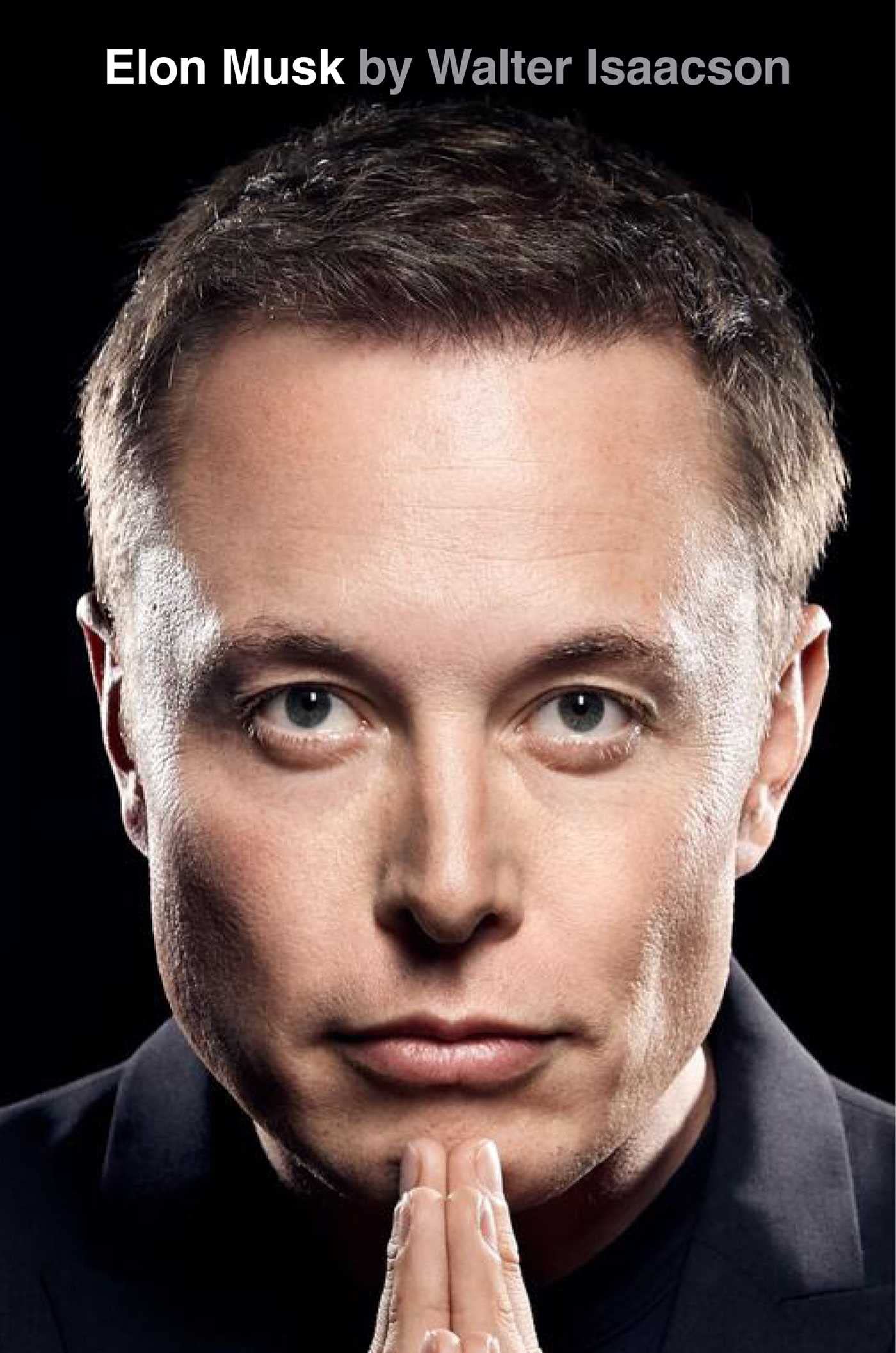Faced with these mounting delays and setbacks, Musk made the bold decision to pivot toward a less conventional option: the remote Kwajalein Atoll, or “Kwaj,” located in the Marshall Islands. The location was strategically favorable due to its proximity to the equator, making it ideal for satellite launches. A $6 million contract to launch a Malaysian communications satellite solidified the decision, as it required an equatorial launch site for optimal performance. Despite its logistical disadvantages, Kwaj offered one crucial advantage—it was home to a U.S. Army base that had the infrastructure, albeit limited, to support a private aerospace company’s launch operations. However, persuading the military to grant SpaceX access was no small feat. Major Tim Mango, the official overseeing the base’s facilities, was initially skeptical of Musk’s ambitious plans. It took persistent negotiations and reassurances before SpaceX was able to secure the necessary permissions to begin operations on the island.
Transitioning operations to Kwaj was both an opportunity and a formidable challenge. The atoll’s extreme isolation made it difficult to transport critical equipment, leading to frequent delays and supply chain disruptions. Engineers found themselves working in sweltering heat, often with limited access to reliable internet or communication with headquarters. Even seemingly minor obstacles, like sourcing basic materials, became daunting in the absence of nearby industrial resources. The tropical climate also introduced unexpected complications, such as accelerated corrosion of metallic components due to the salty ocean air, further complicating SpaceX’s attempts to prepare for launch. For Musk, who was already pouring his personal fortune into the company, the mounting logistical headaches added another layer of difficulty to an already high-stakes gamble.
Despite these overwhelming setbacks, the SpaceX team remained steadfast in their mission. Engineers and technicians endured grueling 16-hour workdays, driven by the urgency of proving that a privately built rocket could reach orbit. The team lived in makeshift housing, with conditions that were far from comfortable, yet they embraced the challenge, forming an unbreakable camaraderie. Musk, despite his frustrations, recognized that these hardships were forging an engineering culture built on resilience, adaptability, and relentless problem-solving. The difficulties of working on Kwaj would later serve as a defining moment for the company, preparing them for even greater challenges in the years ahead.
As months passed, Musk’s patience with Kwaj began to wear thin. The continuous delays, equipment malfunctions, and unreliable logistics pushed him to his limits. He later admitted that in hindsight, he regretted choosing Kwaj, as its operational difficulties far outweighed its strategic benefits. Nevertheless, despite these frustrations, Kwaj played a critical role in shaping the DNA of SpaceX. The lessons learned on the island, particularly in overcoming adversity, streamlining processes, and refining launch procedures, became instrumental in SpaceX’s later success.
Looking back, Kwaj was more than just a remote launch site—it was the place where SpaceX transformed from a scrappy startup into a serious aerospace contender. The immense challenges Musk and his team faced during this period laid the groundwork for future missions and instilled an ethos of perseverance that would carry them forward. SpaceX would go on to revolutionize the space industry, but its first true test of survival came on a tiny island in the middle of the Pacific, where innovation, endurance, and sheer determination became the keys to success.


